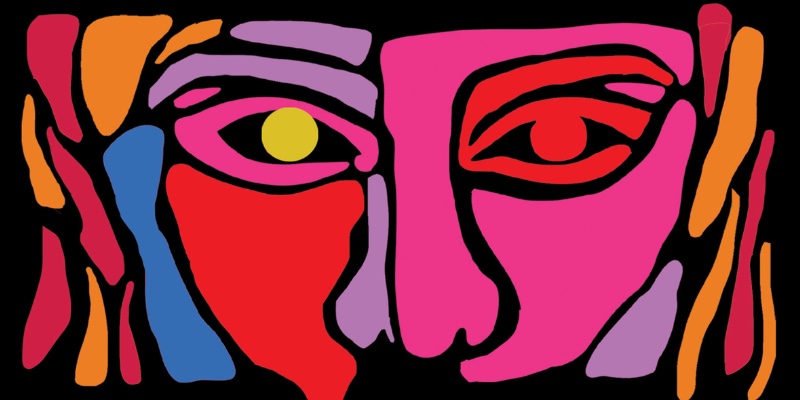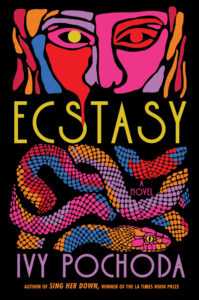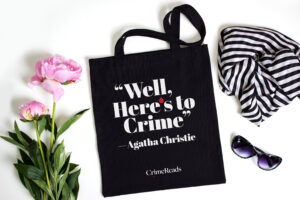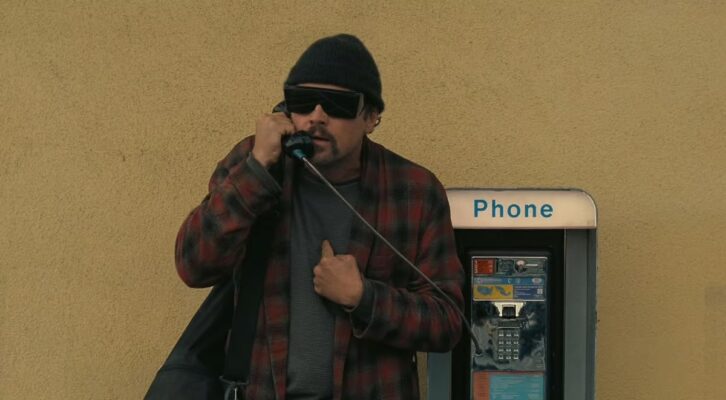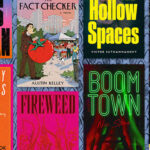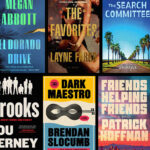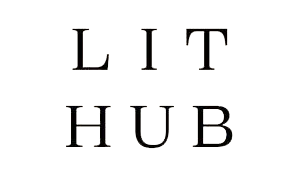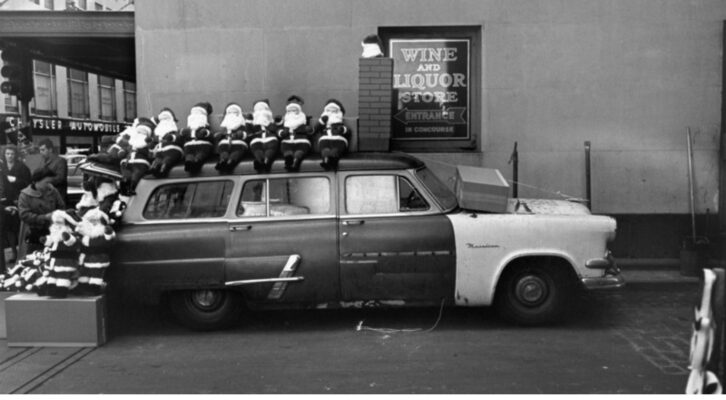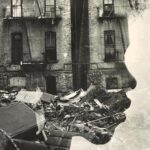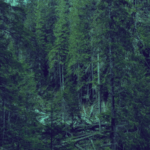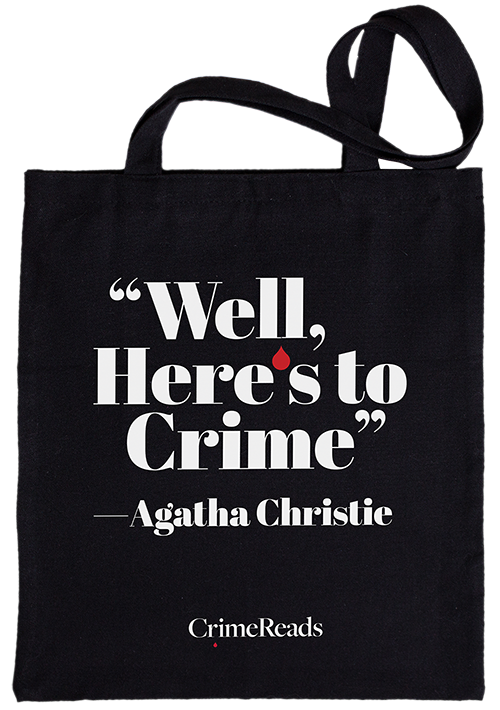I’m not going to lie, for many years, let’s just say, I stayed up late, breaking dawn too many times too remember, if detailed memory of those types of things was actually possible. (What lingers, I’d argue, is a poetic map of emotion and movement and super-sensitivity.) There are those who will probably consider this habit derelict behavior, a waste, perhaps even tiptoeing toward degenerate. But there was beauty in the wild excess, a magic in conjuring invisible maps in the air with your fingers as the music lifted and lifted before sending you down a twisted and vertiginous waterslide only to lift you again. There was poetry in the gushy, love-slam of a hundred strangers sharing imagined emotions as the DJ raised the gooseflesh on your arms tricking you (or actually) making you all one fantastic unit of energetic euphoria. There was a certain magic in watching the sunrise and imagining it was for you alone.
While my latest novel Ecstasy isn’t about the club scene, it is in part an attempt to reckon with this part of my life–to capture in fiction, battleground of bodies, blurred identities, power, and escape that the music and the crowd summoned—the ritual and the behaviors, the gorgeous and the dangerous. Because there is danger too, lurking at the edge of the ecstatic, a sense that perhaps if you push too far, you might not return. And that’s where the books below come in. Sure, you’ll find a lot of drugs—but they are just the platform, the catalyst for chaos, something that holds a mirror to a decaying culture. Here are five books that mix nightlife with noir, where the dance floor becomes a crime scene and the come-up always ends in a comedown.
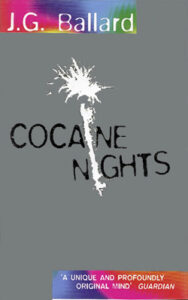
Cocaine Nights by J.G. Ballard (1996)
Crime, capitalism, and chemical bliss in a gated Costa del Sol paradise
It’s still hard for me to imagine that the author of Empire of the Sun also wrote this sun-drenched nightmare of expats in a luxury Spanish resort. This isn’t your average tale of cartel-fueled excess. Here, cocaine becomes part of the architecture—slick, euphoric, and corrosive. When Charles Prentice investigates his brother’s confession to arson and murder, he finds a world where crime has become cultural glue, and moral decay masquerades as utopia. Ballard peels back the glossy surface of paradise to reveal a society addicted not just to drugs, but to the social cohesion that violence and hedonism can bring.
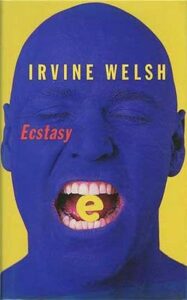
Ecstasy: Three Tales of Chemical Romance by Irvine Welsh (1996)
Rave culture, revenge, and pharmaceutical love stories
Welsh’s triptych of stories isn’t just about popping pills in neon-drenched clubs—it’s about what happens to your soul when the high fades. In classic Welsh fashion, the stories are raw, aggressive, and shot through with political venom. From a twisted revenge plot to a love story between damaged outsiders, Ecstasy captures the late-90s dance scene as both a cultural revolution and a minefield. The writing is visceral, the dialogue cracked with street poetry, and the characters burn bright before inevitably burning out.
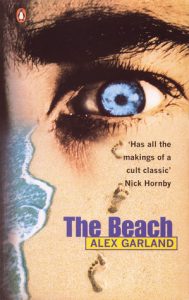
The Beach by Alex Garland (1996)
Backpacker utopia meets jungle paranoia—with MDMA-fueled mania
Before Garland was scripting dystopias, he wrote The Beach—an existential thriller of Gen X disillusionment set on a secret Thai island. Though not a “club” novel in setting, the spirit of the rave scene is all over this book: the search for pure experience, the retreat from consumer society, and the chemical highs used to fuel both. MDMA plays a key role in the group’s descent, from communal harmony to tribalism and violence. Garland’s prose pulses with the heat and sweat of the tropics—and the slow rot of paradise lost.
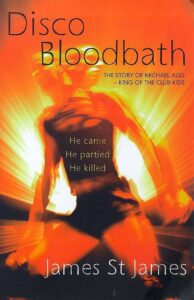
Disco Bloodbath by James St. James (1999)
True crime in clubland: glitter, gore, and the death of the party.
This memoir is the definitive account of the 1990s New York Club Kids scene, and the murder that brought it down. James St. James writes with biting wit and unapologetic flamboyance as he charts the rise of a hedonistic, fashion-forward nightlife subculture ruled by excess, ecstasy, and ego. At its center is Michael Alig, who would murder fellow club kid Angel Melendez in a drug-fueled spiral. What begins as a sparkling portrait of underground celebrity becomes a harrowing look at how far down the rabbit hole one can fall when the music never stops.
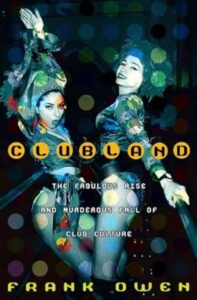
Clubland: The Fabulous Rise and Murderous Fall of Club Culture by Frank Owen (2003)
The crime story behind the beat that defined a generation (see above)
Frank Owen’s Clubland is more than a chronicle of nightlife—it’s a true crime epic that maps the contours of an empire built on ecstasy, ego, and excess, only to be dismantled by murder, corruption, and the full weight of federal law enforcement.
Set against the pulsating backdrop of 1990s New York City, Owen investigates how a generation’s utopian dream of all-night unity turned into a capitalist nightmare of drug dealing, overdoses, and FBI surveillance. His focus zeroes in on the big players: Peter Gatien, the eye-patch-wearing nightclub king who ruled iconic venues like Limelight and Tunnel, and Michael Alig, the flamboyant promoter who brought glitter-drenched chaos to the dance floor—and eventually became infamous for the brutal killing of his friend and drug dealer, Angel Melendez.
***

